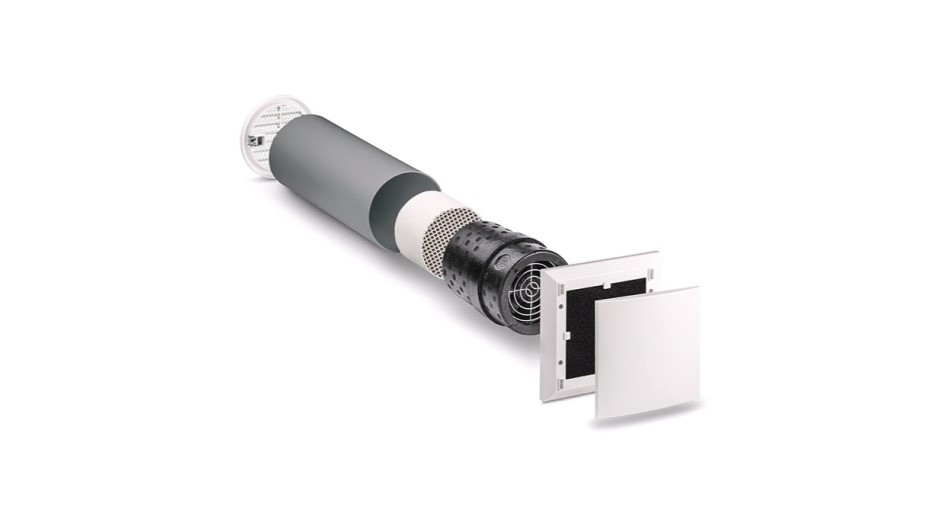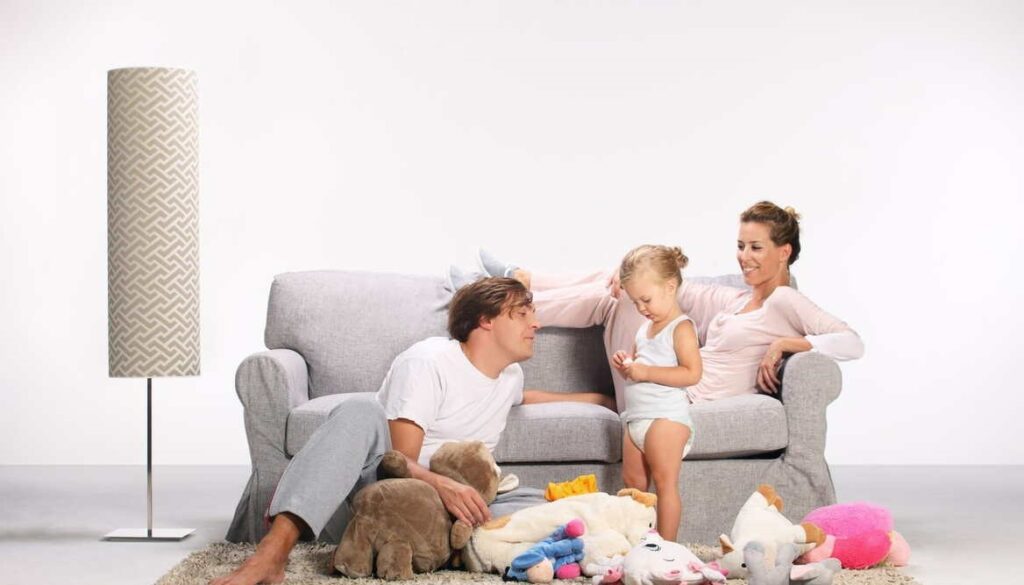Single room ventilation
Do you always want fresh air in your room? We install intelligent single room ventilation systems with heat recovery. Our fans are very quiet and economical to run.

Homepage › Single room ventilation
Ventilate automatically without draughts
In the course of modernization, new and old buildings are becoming increasingly airtight. Without automatic ventilation, you would have to open the windows up to six times a day to ensure sufficient air exchange in the building. Otherwise, there is a regular lack of oxygen in the rooms, an accumulation of pollutants and moisture, and an increase in the risk of mold.
While in summer, you can simply leave a window tilted, in winter this leads to a waste of heating energy. However, permanently open windows can cause unpleasant drafts, and warm summer air can also increase humidity in the building. Over time, this can lead to consequential damage.
Intelligent single room ventilation systems with heat recovery automatically lead to an energy-efficient exchange of air in the room around the year without drafts and virtually noiseless. This can have a positive effect on your productivity in the home office. Compared to central ventilation systems, single room ventilators are relatively easy to install because they do not require additional piping. Contact us without obligation.
⇓ «Residential ventilation - planning, execution, operation» by Heinrich Huber (German)
Our services
- Professional installation of intelligent single room ventilators
- Economical electric ventilation units
- Self-sufficient solar ventilation systems from Grammer®Solar
- Core drilling at suitable location
Your advantages
- Fresh and oxygenated air in the room at all times without drafts
- Fully automatic, energy-efficient ventilation and exhaust system
- Practically no maintenance expenses
- Quiet and economical operation, smartphone control

Single room ventilation leads to a pleasant living room climate.

Contact us without obligation
Do you have any further questions or may we prepare an offer for you?
Get in touch with us without obligation. We look forward to your inquiry!
Get in touch with us without obligation. We look forward to your inquiry!
Tobias Bayer
Managing Director

Questions & Answers
- General
- Costs
- Functionality
- Insert
- Implementation
What is single room ventilation?
Individual room ventilation systems are closed systems for ventilating individual rooms, such as kitchens, bathrooms, toilets, living rooms, bedrooms or commercial premises. They are usually tubular and are installed in the outer wall. This usually requires a core hole to be drilled.
What does a single room ventilation system cost?
Haustrocknung.ch installs single-room ventilation systems from approx. 2,200. The actual price depends on the cost of installation, the type of ventilator and the length of the journey. Contact us without obligation for an individual offer.
What are the advantages of decentralized ventilation?
Individual room ventilation systems do not require ventilation ducts, which considerably simplifies installation and minimizes maintenance costs. The practical ventilators can be installed anywhere in the exterior wall and, thanks to integrated heat recovery, ensure energy-efficient ventilation all year round.
Why a single room fan from Haustrocknung.ch?
Haustrocknung.ch has specialized in the dehumidification of buildings since 2010. We often use intelligent fans to supplement and accelerate wall dehumidification and know how the devices can be used optimally. In addition to electric fans, we also offer ecological Solar vents. Take a look at our References.
How much does single room ventilation cost in Switzerland?
On what factors do the costs of single room ventilation depend?
What are the electricity costs of single room ventilation?
How does single room ventilation affect heating costs?
How does single room ventilation work?
What can the fan do?
How loud is the fan during operation?
The single room fans produce a noise of at least 27 dB(A) at maximum power. This is about as loud as your own breathing noise.